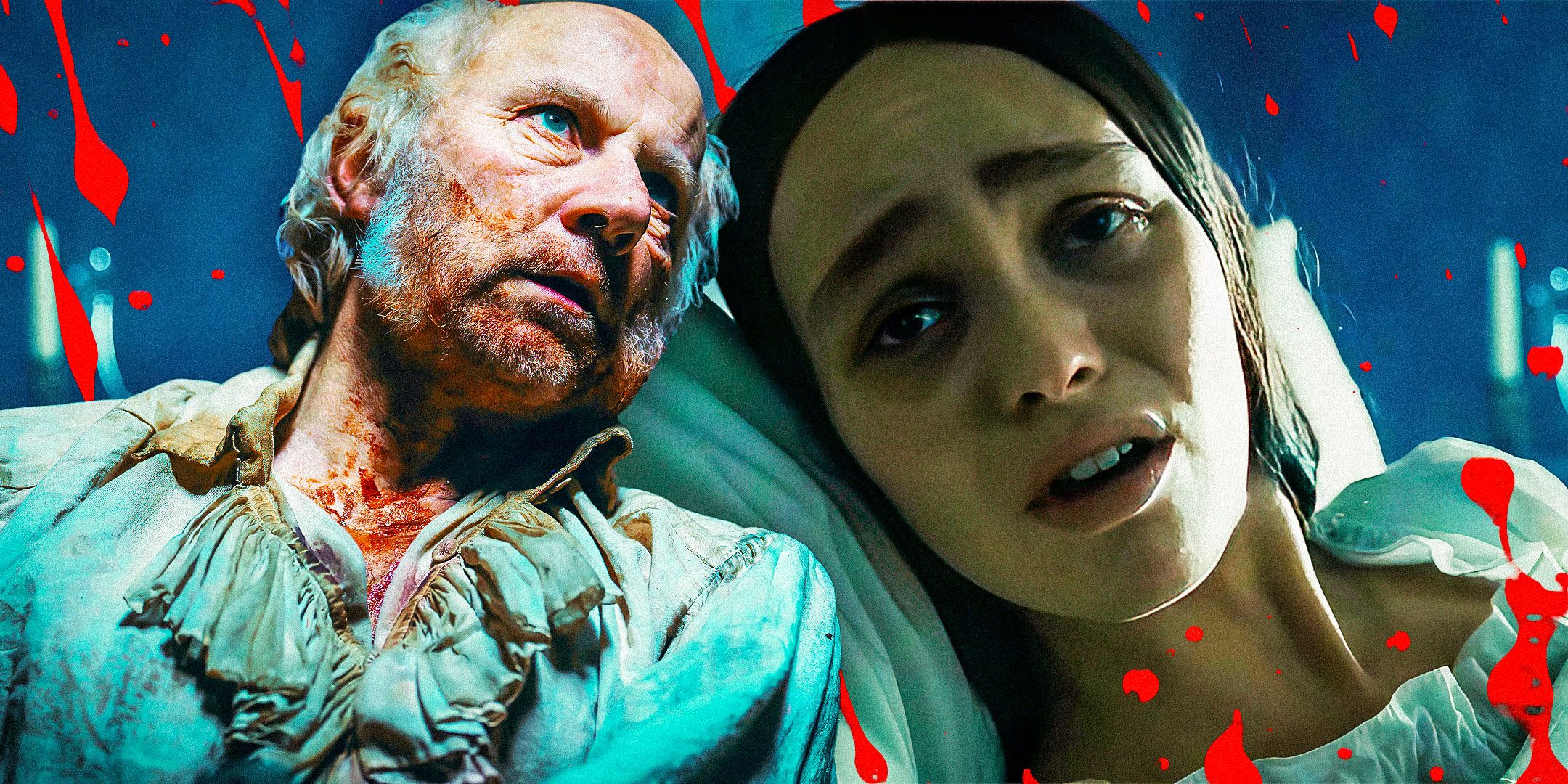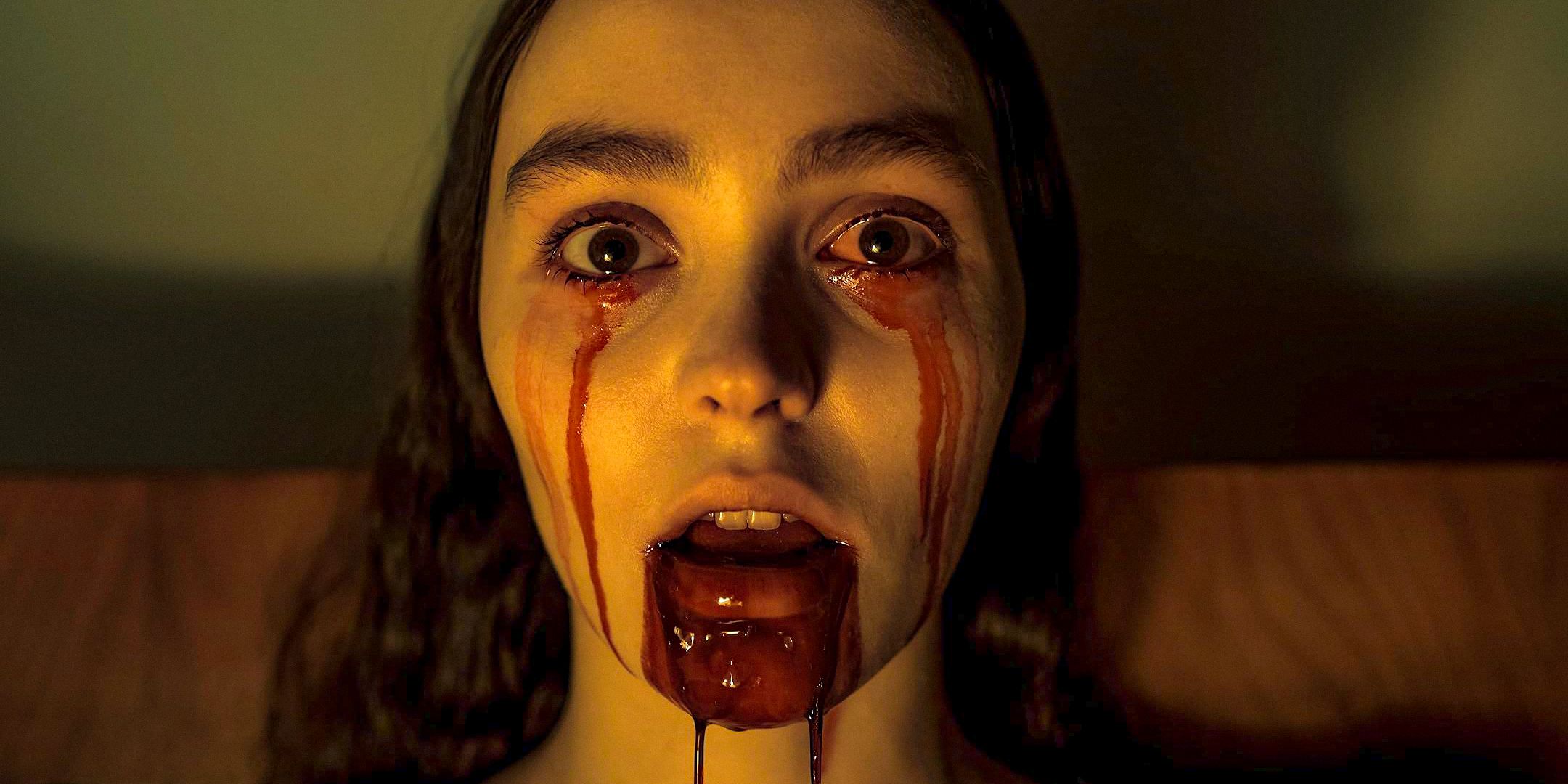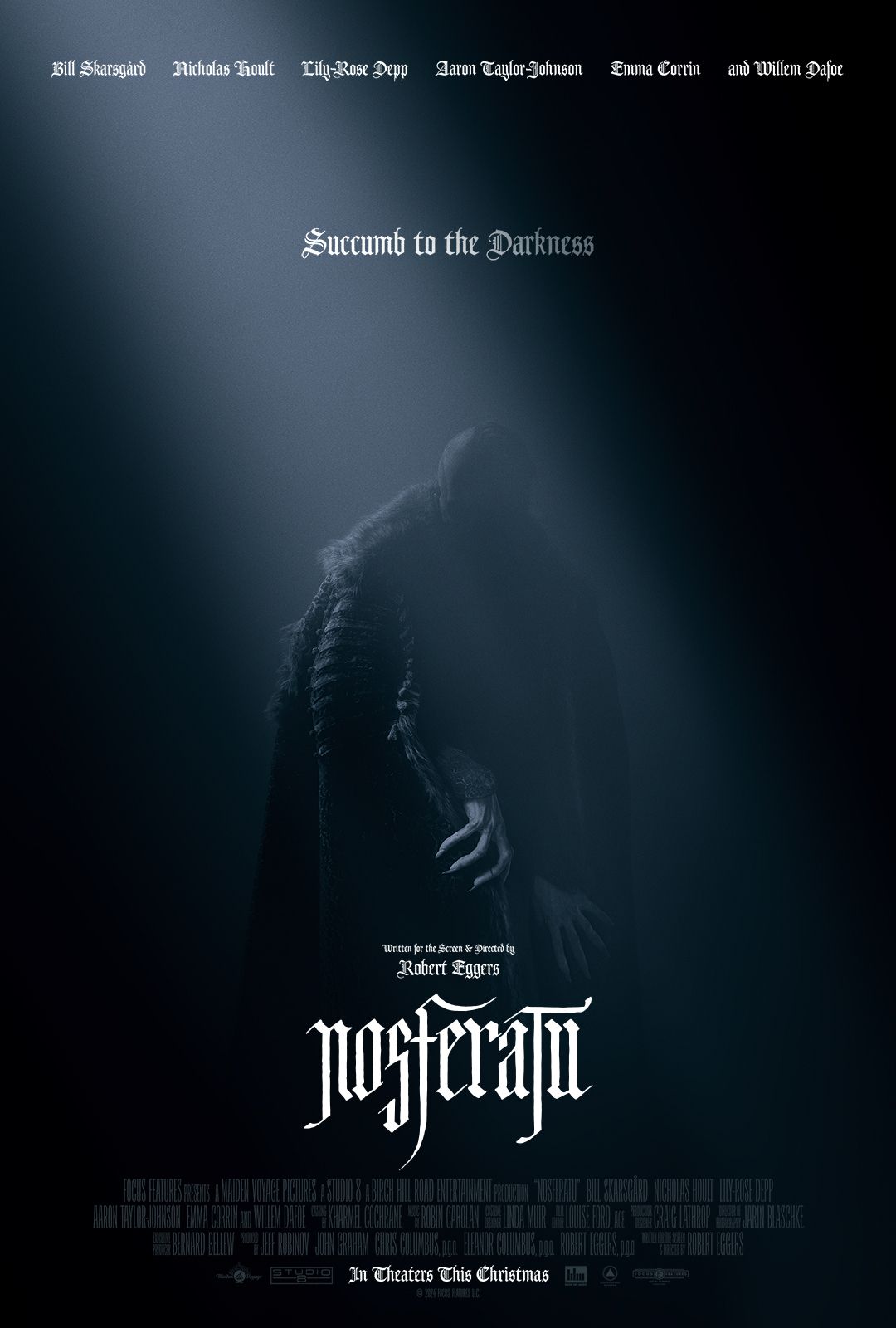Nosferatu‘s star and director explain how the movie brought back an old film technique. The vampire movie is a reimagining of the classic movie, which is best known as a great work of German Expressionism from the early 1920s. 2024’s Nosferatu has done well in theaters thus far, becoming one of the highest-grossing horror films of the year. At the time of writing, the Robert Eggers movie has drawn in over $103.4 million worldwide. Nosferatu features a leading cast including Nicholas Hoult, Lily-Rose Depp, Bill Skarsgård, Ralph Ineson, Willem Dafoe, and Emma Corrin.
Speaking with Vanity Fair, Hoult and Eggers describe one of the movie’s key effects of getting snow on the screen. While there used to be an easier way of rendering practical snow, that method was outlawed within the last few years due to the toxic gases created in its process. When the production team suggested the use of CG snow as a workaround, Eggers refused. Instead, he and the effects team found an antiquated way to do the snow effect, which was “made from potato flakes.” Check out the full quotes from Eggers and Hoult below:
Eggers: The snow is made from potato flakes. Like freeze-dried mashed potatoes. And coat of arms, once again.
Hoult: The snow, I’m sure I heard a story at some point, about you watching snow in different movies and finding like the last few bags of snow in the ’90s or something.
Eggers: Okay, so basically, there’s a thing called a snow candle that is like a bucket that you light on fire and then swing around and then snow goes all over the place. It’s very beautiful.
Hoult: Almost like ash.
Eggers: Yeah. And that’s like Ridley Scott movies, that’s the snow that he uses, and I used it on The Northman. But in between The Northman and Nosferatu, that snow became illegal because the gas that makes the snow float is toxic. Fun fact. Production thought ‘okay well we’re going to have to use CG snow.’ I refused to use CG snow. So yeah, so then I was angrily watching a movie from the 1940s called The Queen of Spades, with some bourboun, and there’s like beautiful, beautiful snow. And I’m taking pictures on my phone, and sending it to the snow effects guys being like ‘come on, they did it in the ’40s.’ And yeah, so it was these potato flakes things. And basically they stopped doing it in the ’90s. So yes, we bought all the potato flake snow in Europe to make this movie.
Hoult: So no one will ever have that snow, ever again.
What This Means For Nosferatu
Nosferatu Avoided CG In Other Moments
Knowing Eggers’ creative process in general, it is somewhat unsurprising that the director would go to such extreme measures to avoid CGI intervention. Appearing or being “real” is a priority in Eggers’ work. The Lighthouse was shot on location at Cape Forchu in Nova Scotia, where the team built a whole replica lighthouse for the project. His debut feature, The Witch, used real historical accounts to craft his narrative and its dialogue. These past examples go to show how Nosferatu is a continuation of Eggers’ core sensibilities.
Related
Nosferatu Ending Explained: What Happens In Ellen And Orlok’s Final Encounter
Robert Eggers’ 2024 gothic horror movie sees an ancient vampiric evil curse curse a young woman and her loved ones in 1830s Germany.
Avoiding CGI was key for Nosferatu as a whole, beyond just the snow. Skarsgård wore weighty prosthetics to play Count Orlok. Many modern films would have tried to CG aspects of his vampiric visage, but the Nosferatu team instead crafted a whole makeup getup to maintain a ghoulish but believable look. The movie also made use of real rats instead of CGI animals to maintain its realistic production quality.
Our Take On The Nosferatu Snow
CG Snow Would Have Ruined The Moment
The snow is a key part of the atmosphere in Nosferatu. With light, shadows, and white and black tones being such a key part of the visual layout, it is good that the snow maintained this practical effect. A wintery CGI blanket could have easily taken audiences out of the moment. Though Eggers went to great lengths to make sure the snow aligned with his visions, the hard work ultimately paid off in this well-crafted film.
Source: Vanity Fair



